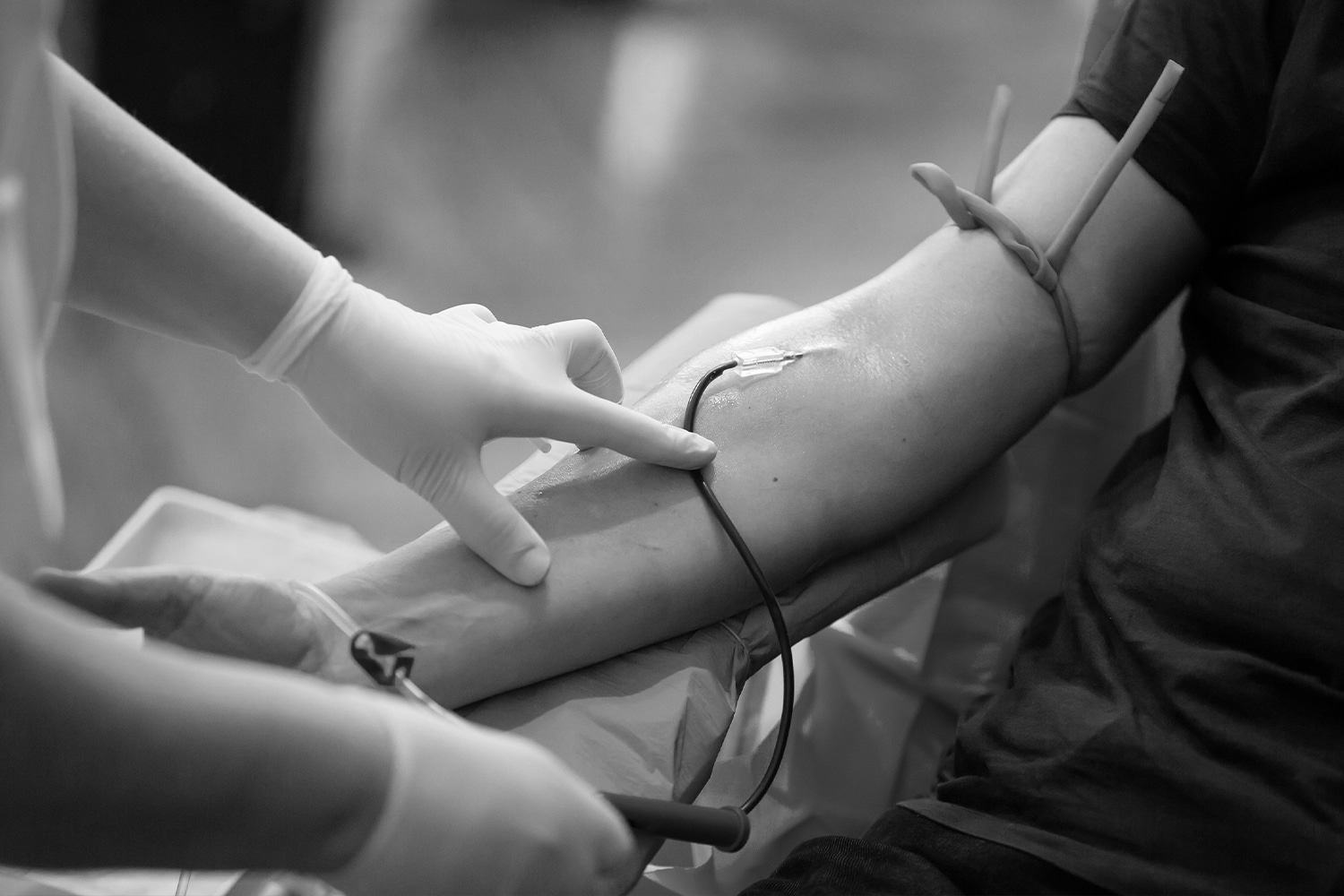Excitement About Northeast Medical Institute - New Haven Campus Phlebotomy Course & Cna Class
Excitement About Northeast Medical Institute - New Haven Campus Phlebotomy Course & Cna Class
Blog Article
The 10-Second Trick For Northeast Medical Institute - New Haven Campus Phlebotomy Course & Cna Class
Table of ContentsUnknown Facts About Northeast Medical Institute - New Haven Campus Phlebotomy Course & Cna ClassWhat Does Northeast Medical Institute - New Haven Campus Phlebotomy Course & Cna Class Mean?The Greatest Guide To Northeast Medical Institute - New Haven Campus Phlebotomy Course & Cna ClassUnknown Facts About Northeast Medical Institute - New Haven Campus Phlebotomy Course & Cna ClassSome Known Details About Northeast Medical Institute - New Haven Campus Phlebotomy Course & Cna Class What Does Northeast Medical Institute - New Haven Campus Phlebotomy Course & Cna Class Mean?
The usage of such gadgets ought to be come with by other infection avoidance and control techniques, and training in their use. Not all safety devices are appropriate to phlebotomy. Prior to picking a safety-engineered tool, individuals need to extensively examine readily available gadgets to identify their suitable usage, compatibility with existing phlebotomy practices, and efficacy in securing staff and patients (12, 33).For setups with reduced resources, cost is a driving factor in procurement of safety-engineered gadgets. Where safety-engineered gadgets are not available, knowledgeable use of a needle and syringe is appropriate.
In the blood-sampling space for an outpatient division or facility, give a comfortable reclining couch with an arm rest.
Get This Report on Northeast Medical Institute - New Haven Campus Phlebotomy Course & Cna Class
Make sure that the signs for blood tasting are plainly defined, either in a created protocol or in documented guidelines (e.g. in a lab form). Collect all the devices required for the treatment and location it within risk-free and simple reach on a tray or cart, making certain that all the things are plainly visible.
Introduce on your own to the patient, and ask the individual to state their full name. Examine that the lab form matches the patient's identity (i.e. match the individual's details with the lab form, to make certain precise identification).
Make the person comfortable in a supine setting (preferably). Place a clean paper or towel under the individual's arm. Discuss the examination to be performed (see Annex F) and obtain spoken approval. The individual has a right to refuse an examination any time before the blood sampling, so it is necessary to make sure that the individual has comprehended the treatment.
A Biased View of Northeast Medical Institute - New Haven Campus Phlebotomy Course & Cna Class
Extend the individual's arm and check the antecubital fossa or forearm. Find a vein of a great size that is visible, straight and clear. The layout in Section 2.3, reveals typical positions of the vessels, however several variations are possible. The mean cubital capillary exists between muscular tissues and is typically one of the most simple to pierce.
DO NOT put the needle where veins are drawing away, due to the fact that this enhances the opportunity of a haematoma. The blood vessel should show up without applying the tourniquet. Finding the blood vessel will assist in figuring out the right size of needle. Use the tourniquet regarding 45 finger widths over the venepuncture site and re-examine the vein.
Haemolysis, contamination and visibility of intravenous fluid and medication can all change the outcomes (39. Nursing staff and medical professionals may access central venous lines for specimens adhering to procedures. Nonetheless, specimens from central lines lug a danger of contamination or incorrect research laboratory test results (https://www.gaiaonline.com/profiles/northeastmed/46734093/). It is acceptable, however not suitable, to attract blood samplings when initial introducing an in-dwelling venous gadget, before connecting the cannula to the intravenous fluids.
A Biased View of Northeast Medical Institute - New Haven Campus Phlebotomy Course & Cna Class
Enable the location to dry. Failure to permit enough get in touch with time raises the risk of contamination. DO see here NOT touch the cleaned site; specifically, DO NOT position a finger over the blood vessel to assist the shaft of the revealed needle. It the website is touched, repeat the sanitation. Do venepuncture as adheres to.
Ask the patient to form a fist so the blood vessels are extra famous. Get in the capillary swiftly at a 30 level angle or much less, and continue to introduce the needle along the capillary at the easiest angle of entrance - Phlebotomy Classes. Once adequate blood has been accumulated, launch the tourniquet prior to withdrawing the needle
The 4-Minute Rule for Northeast Medical Institute - New Haven Campus Phlebotomy Course & Cna Class
Withdraw the needle gently and apply mild pressure to the site with a clean gauze or completely dry cotton-wool ball. Ask the individual to hold the gauze or cotton wool in place, with the arm expanded and raised. Ask the client NOT to flex the arm, due to the fact that doing so creates a haematoma.

The 6-Second Trick For Northeast Medical Institute - New Haven Campus Phlebotomy Course & Cna Class
Do not push the syringe bettor since extra stress increases the risk of haemolysis. Where possible, maintain the tubes in a shelf and move the shelf in the direction of you. Inject downwards into the suitable coloured stopper. DO NOT eliminate the stopper because it will certainly launch the vacuum cleaner. If the example tube does not have a rubber stopper, infuse exceptionally gradually right into television as lessening the stress and velocity made use of to transfer the specimen minimizes the danger of haemolysis.

Report this page